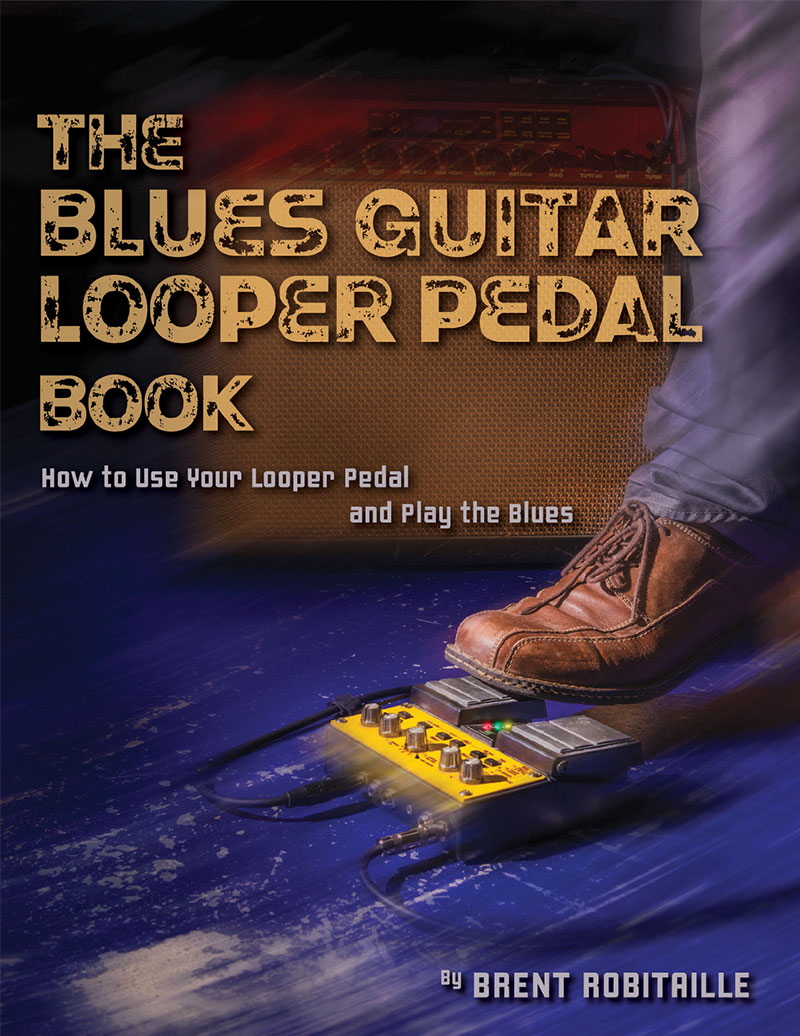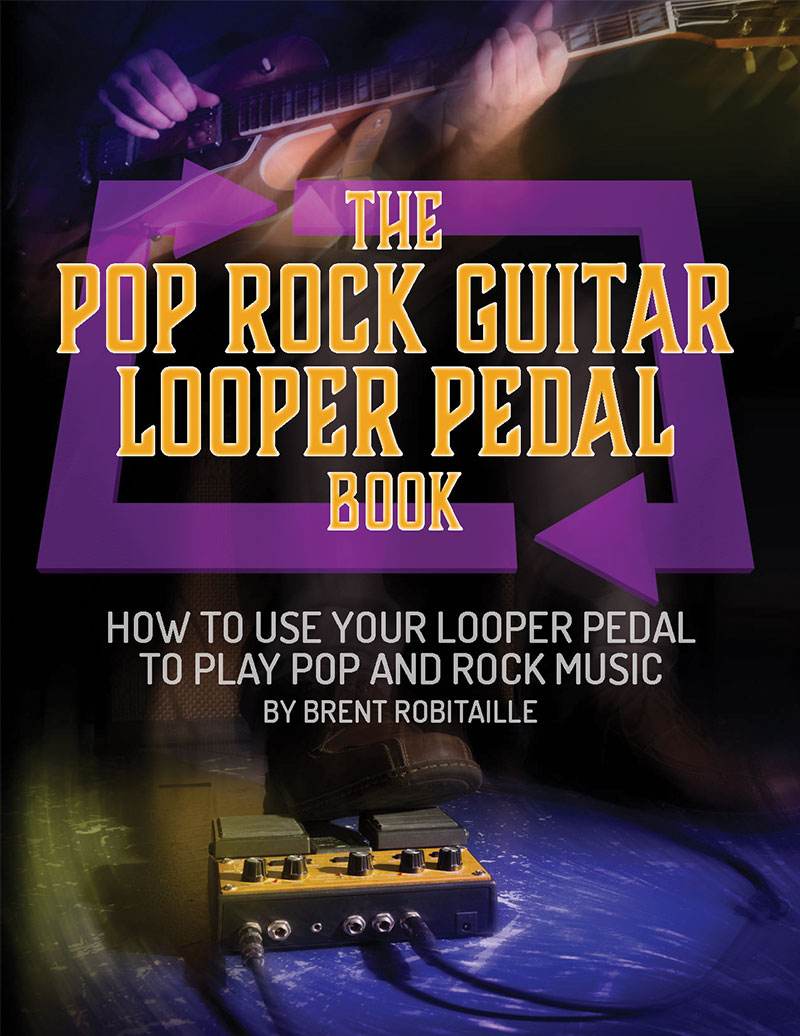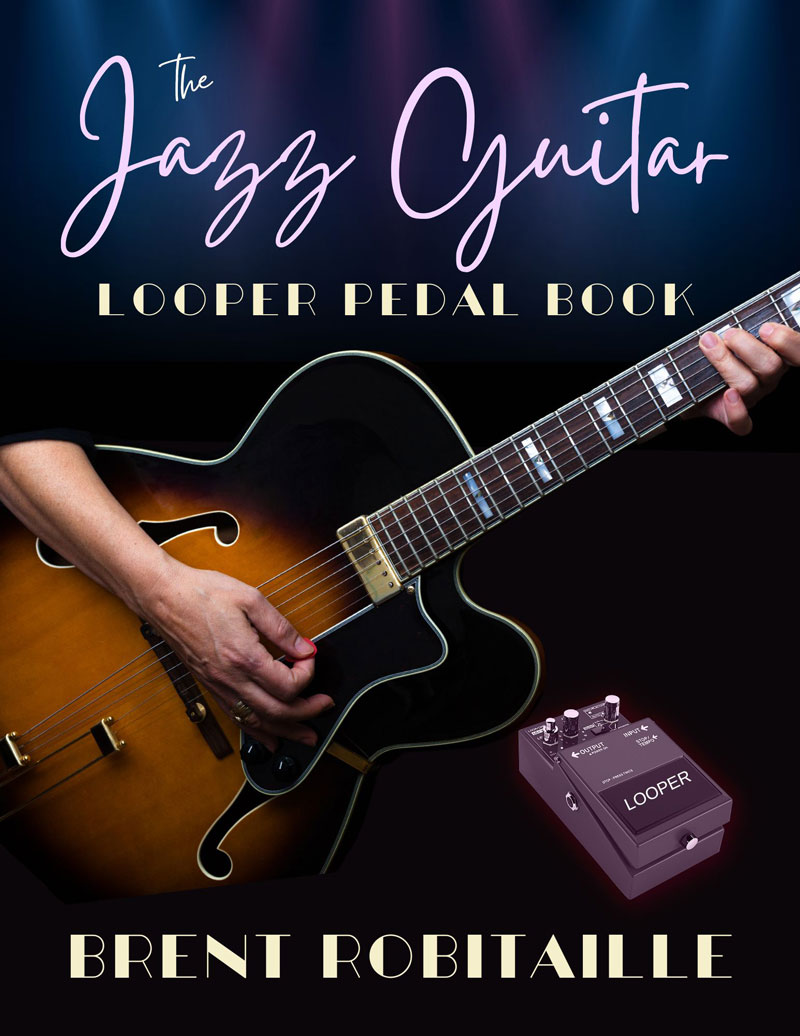Top 10 Tips for looping popular songs on your guitar looper pedal
Here are my top 10 tips for getting the most out of your guitar looper pedal. Of course, these loop tips apply to any brand of looper or instrument you play. Piano, vocal or a combination of all. Singletrack or multiple tracking loopers are all good.
The tips are primarily for looping popular songs but apply to most genres, especially blues, rock and pop. Check out my guitar looper books for more detailed instructions.
The Blues Guitar Looper Pedal Book
The Pop Rock Guitar Looper Pedal Book.
The Jazz Guitar Looper Pedal Book
Here are a few sample videos from the Blues Guitar Looper Pedal Book:
Tip#1
A straightforward way to get started looping pop songs is to find songs with a short, repeating chord progression throughout the entire song. Do an internet search for “songs with 4 chords.” Here are a few examples of 4 chord songs:
Learning to Fly – Tom Petty
Free Fallin’ – Tom Petty
Counting Stars – One Republic
Zombie – The Cranberries
I’m Yours – Jason Mraz
Or, if you’re into the blues, try the classic blues tune “Green Onions.” In the loop below, I use the simple 12-bar bass as my first loop, then overdub two more layers to create a great backing track to improvise the melody and solo.
Tip#2
If your song has multiple sections that don’t repeat, record the rhythm loop. Recording just the rhythm loop will allow you to change between sections and chord progressions while the rhythm loop runs in the background.
If you have a 2+ track looper, there are more options to make loops in and out or pre-record parts triggered at different parts of the song.
Think of the lower strings (5 -6) of your guitar as a bass drum and the higher-pitched strings as a snare drum.
Guitar Looper Rhythm Example
Are you looking to enhance your timing skills with a guitar looper or perhaps learn three classic rock and blues songs? Check out this post: Master the Guitar Looper Pedal: Timing Tips, Exercises, and Three Classic Songs to Learn.
Tip#3
Map out the structure of the song before you start to record. For example, know all the parts of a typical song form: Intro – Verse – Pre-Chorus – Chorus – Post-Chorus – Interlude – Bridge – Solo – Outro, etc.
It’s unlikely you will play all the parts, so take the most prominent and easiest to do first. The reality is you won’t be able to change rhythms or keys without a 2 or 3 track looper.
Parts of the song
Intro – The intro is where the song starts. It could be lengthy and elaborate or short and sweet. The intro can also be a riff that reoccurs throughout the song or just a chord progression. Not all songs have an introduction; many just go right for the verse or chorus.
Verse – Usually introduces the background story or theme if instrumental. Verses tend to have less energy and range compared to the chorus.
Pre-chorus – The link between the verse and chorus creates tension and anticipation of the chorus. Not all songs have a pre-chorus and those that do vary in length.
Chorus – Generally the main part of the song with a memorable hook and increased melodic range. The song title is often in the chorus or main theme.
Instrumental / Interlude / Drop – Part of the song that has a melodic riff that comes after a chorus. The melodic riff can be a new melody with different instruments and tempo.
Bridge – A part of the song that “bridges” the gap between two choruses or chorus and verse. The bridge often comes towards the end of the song and creates harmonic tension or contrast.
Outro – the ending of the song can act as a summary or provide a sense of completion. The outro can have an elaborate ending, slow down, fade-out, etc.
Tip#4
Divide your song into different textures: Rhythm – Chords – Bass – Melody – Extra. You can add or subtract more loops, but the idea is to approach the song with textures. Keep in mind what the focus of the original song was.
Does the song have a prominent rhythm or flowing chords? Can you keep the rhythm going through the entire loop? Etc.
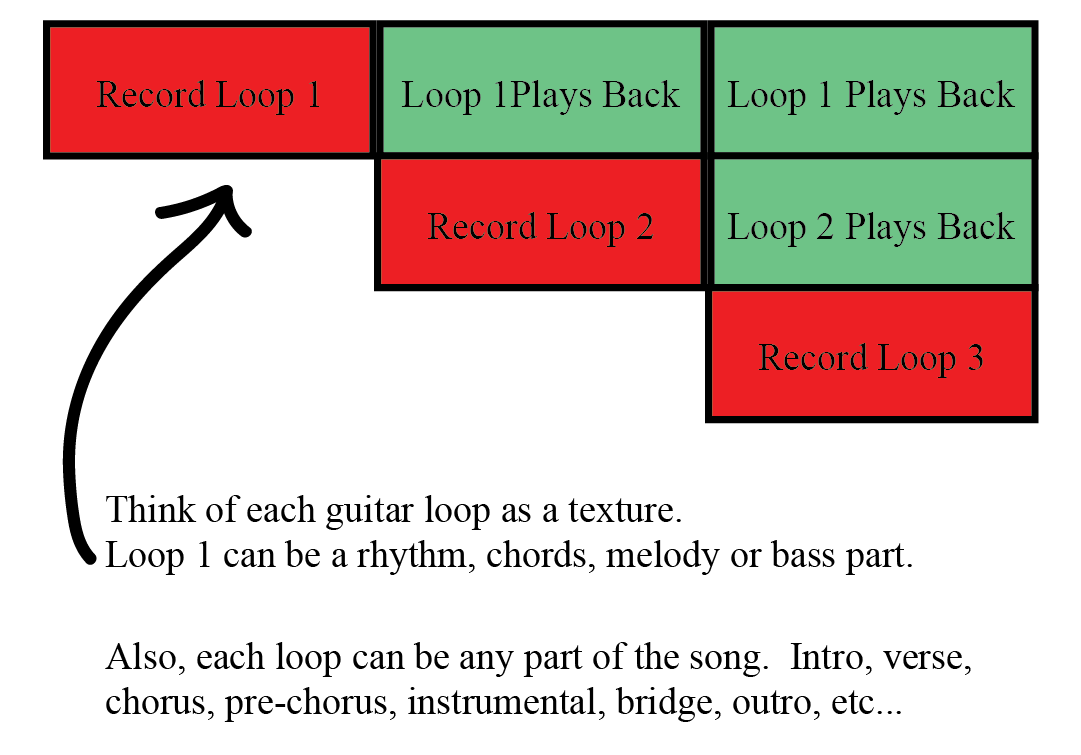
- And here is an example of using textures to create multi-layered loops. Watch the video:
- For more tips on making multi-layered guitar loops read this post. Here is what a multi-layered guitar loop looks like with tablature and notation:
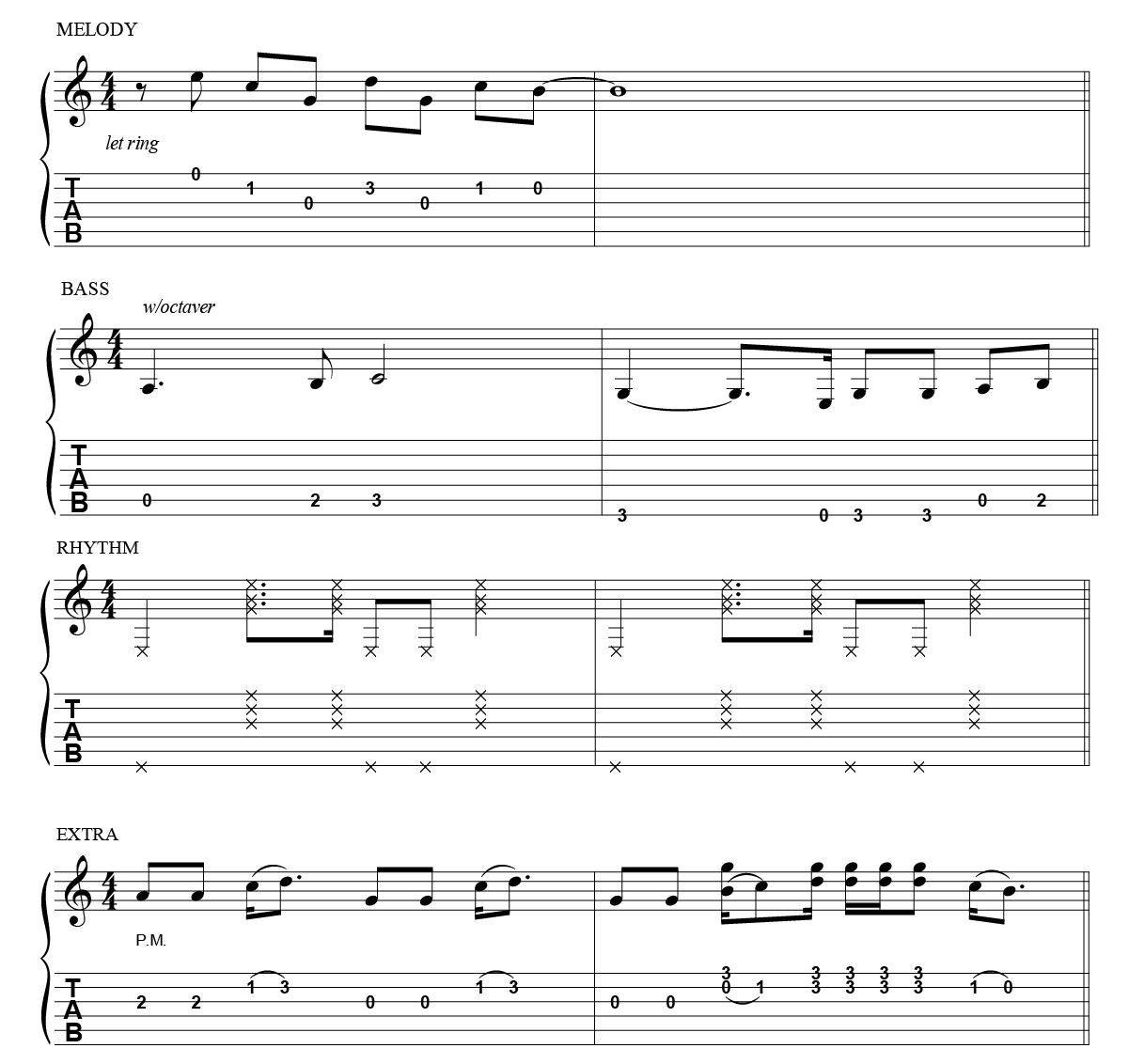
Tip#5
You will often need to create an intro to get the song going. The intro could be part of the chorus that you record as an intro, then kicks in later at the chorus. The intro could also be as simple as playing through the chord progression of the song.
For example, you can start with the basic chord progression of your song, then add a rhythm groove and bass part. Use the intro to run in the background while taking other parts in and out. Arranging the song to work efficiently with the limitations of the looper pedal is the creative part where you decide what order works best for a particular song.
Ok, let’s move on to adding melody to your guitar loop.
Singing or Adding Melody with your Guitar Looper Pedal
Tip#6
If you or someone sings the melody, you won’t need to add a melody, but you could add a harmony part or extra riff that compliments the singing part. I often put additional loops that weave in and out without conflicting with the melody.
A simple way to do this is to add an interval of a 3rd or 6th on specific melody notes. For example, if the melody ends on a C, you could play an E above or below the melody to harmonize with the C.
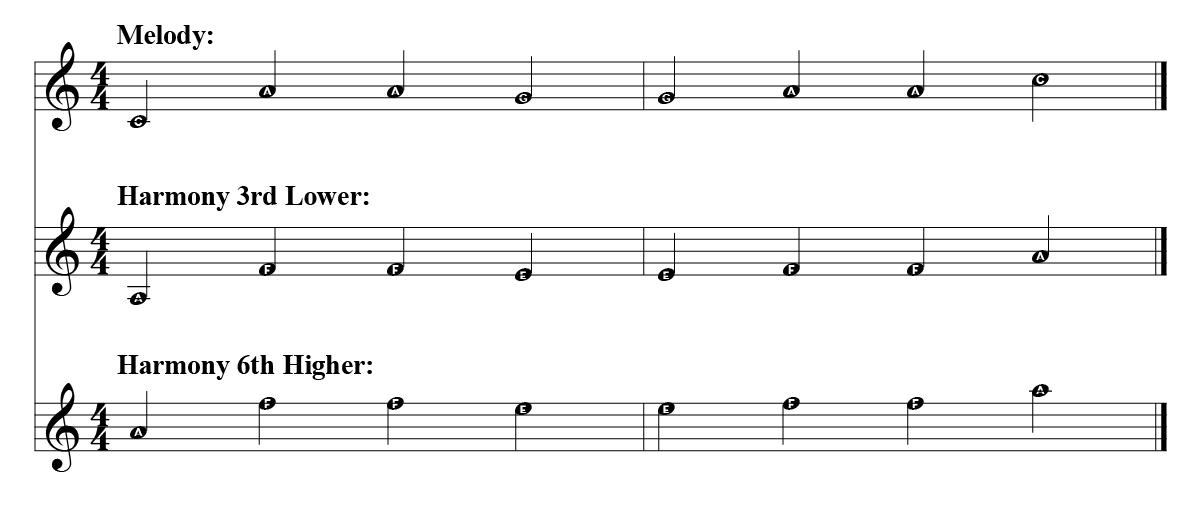
Tip#7
Create your loop with the part of the song that occurs most often, then play the other parts live without the looper. Going between a full-sounding loop to a full-stop solo guitar with or without vocals can change the arrangement nicely.
You could start a new second loop, but that will likely require erasing your original recorded loop if you have a single track looper. I often stop the entire loop, play the different parts live, and add a foot-controlled stompbox to fill in the rhythm.
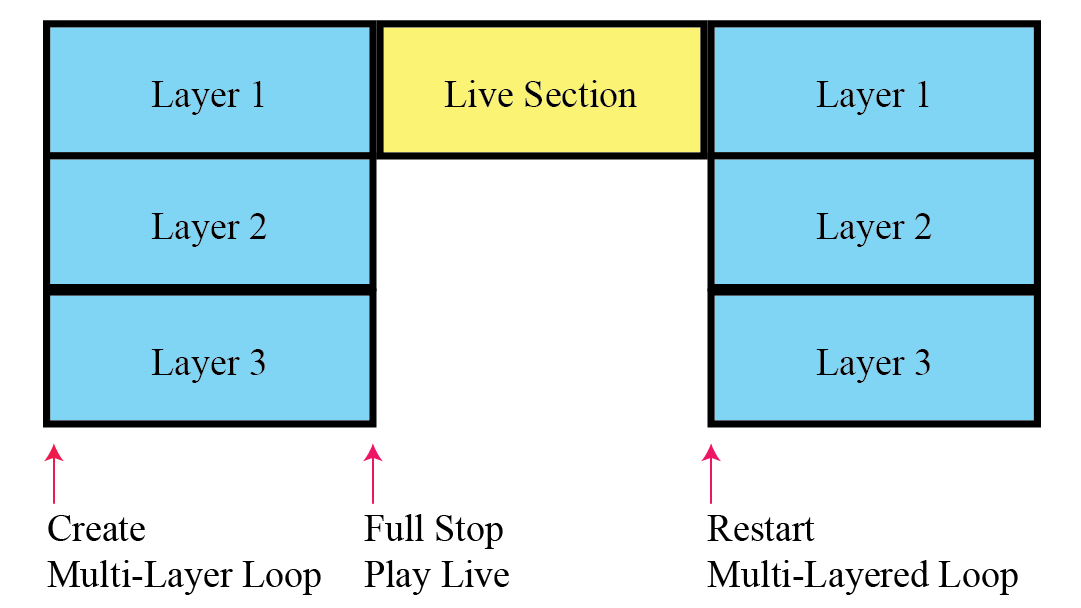
Tip#8
Use the undo or redo button to record a loop, then “undo” to take it out if your looper has that function. The undo works well with shorter fills. Just record your fill, let it go as long as needed, then hit the undo button to remove it. This adds layers without the aftermath of dealing with a conflicting loop pattern.
Arranging Tips for Your Guitar Looper Pedal
Tip#9
Rearrange the song to flow better, working with the constraints of a looper. For example, skip parts of the song to keep the flow of the main loop going, or maybe cut the bridge completely. If there is a modulation (key change), you will likely have to start from scratch with just the rhythm going.
Another arranging tip is to stop the loop, add a little instrumental interlude, then kick in the loop for the next verse. If there is a solo or instrumental riff, cut out a fragment of the riff and play a short section.
Here’s an example below of playing with the song structure on Pink Floyd’s “Goodbye Blue Sky”
Tip#10
At the end of the song, you will either have to stop the loop, play the last chord, or create an outro. Make sure you know what key you are in and the final chord.
Sometimes, there is a “turnaround,” which is a series of chords at the end of the chord progression that resolves back to the beginning. In this case, you want to end the loop before the turnaround or skip the turnaround altogether.
More Guitar Looper Tips
Using a guitar looper pedal is great fun but takes practice like everything else in music. In conclusion, here are a few last tips to keep in mind:
- Plan out and practice all my layers in advance.
- Write down or memorize the chord progression.
- Sort out a running order for the overdubs.
- Watch the volume as you play each layer. Try to add dynamics to the loop by playing some parts quieter and more prominent parts louder.
- Switch the tone (pick-up selector) for different layers if you are using an electric.
- Add effects, like the Octaver, Delay or Overdrive, to widen the bandwidth.
Please leave any comments or suggestions for more looper lessons.
Vote in the poll to see the results.
[yop_poll id=”7″]
The Blues Guitar Looper Pedal Book
In the Blues Guitar Looper Pedal Book, you will learn how to use your guitar looper pedal and play the blues like a pro. The looper pedal is an excellent companion for any blues guitarist. Master essential looping techniques while your improve your blues guitar playing. Also included:
- Two, four, eight, twelve, and sixteen-bar multi-layered loops
- Blues scales and standard blues chord progressions in all keys,
- blues strumming patterns,
- fingerboard charts, theory
- How to play slide guitar with exercises.
- Audio tracks below.
The Pop Rock Guitar Looper Pedal Book
Learn how to use your looper pedal and improve your pop & rock guitar playing in the Pop Rock Guitar Looper Pedal Book. Includes:
- 30 practice loops from 2 to 16 bars divided into 5 separate parts: riffs, bass, chords, rhythm, and an extra optional part.
- Instructional materials on looping and improvising tips.
- Pop & rock chord progressions.
- Scales & fingerboard charts.
- 168 pages.
How to Use Your Guitar Looper Pedal to Play Pop Rock Music
Jazz Guitar Looper Pedal Book
In The Jazz Guitar Looper Pedal Book, you will learn essential techniques to get the most out of your looper pedal.
- Improve jazz guitar playing with help from your looper pedal.
- Learn how to create layered loops step by step.
- Hundreds of riffs and jazz theory tips.
- Technique, scales, chords, arpeggios and helpful charts.
- Extensive accompanying audio and video online.
- It is a jam-packed book with 221 pages.

